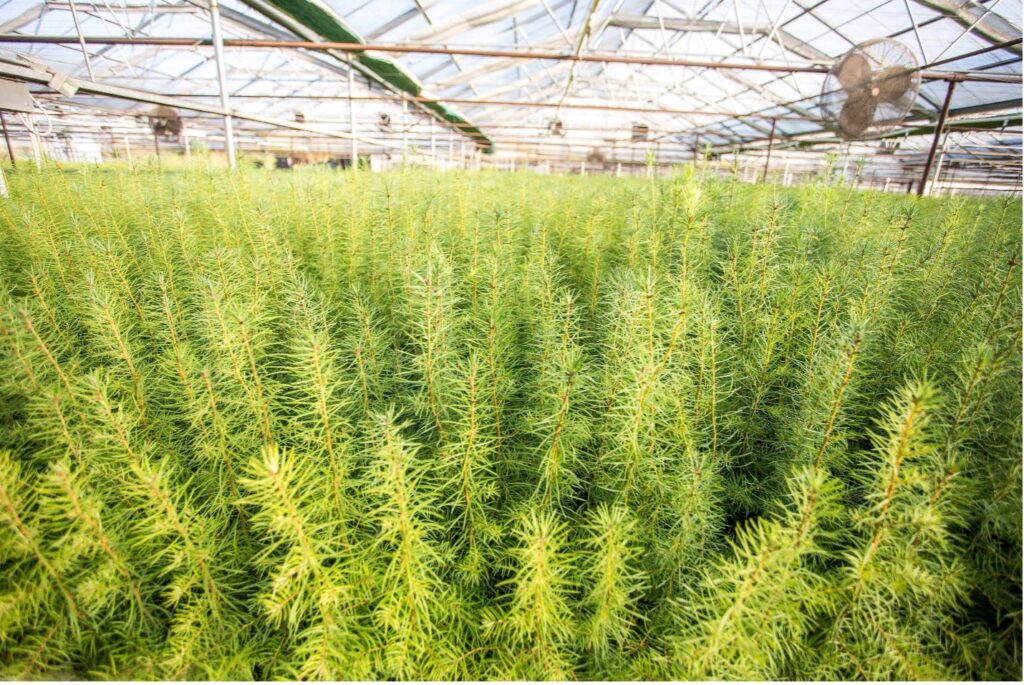
Work. Play. Renew.
Wood: the original green building material

In carbon life cycle assessments (LCAs) – a method of tracking the overall environmental impact of a product from the harvest of the raw materials used all the way through to the product’s disposal – wood performs extremely well. LCAs have shown that manufacturing wood products typically consumes far less water and requires far less energy, and therefore generates fewer carbon emissions, than producing other equivalent construction materials.
Wood is far and away the most climate-friendly, renewable building material available. As trees grow, they pull carbon out of the atmosphere and store it as wood fiber, a function known as sequestration. Young, growing trees pull carbon from the atmosphere better than older trees. Wood products, like the timber in your home, or wood used for furniture, continue to store that carbon for the life of the product. In fact, half of the weight of dry wood is stored carbon! If you live in a typical North American wood-frame home, you currently store about 30 metric tons of carbon — the equivalent of driving an average passenger car for five years.
Oregon’s forests capture an estimated total of 30.9 million metric tons of carbon dioxide equivalent per year – which is the equal to half of all Oregon’s annual human-caused emissions. This rate of forest carbon sequestration is the highest of the western states, and one of the highest in the country.
After trees are harvested, they are replanted, renewing the the carbon sequestration cycle.
Source: https://oregonforests.org/sites/default/files/2020-07/OFRI_CarbonSpecialReport_DIGITAL.pdf